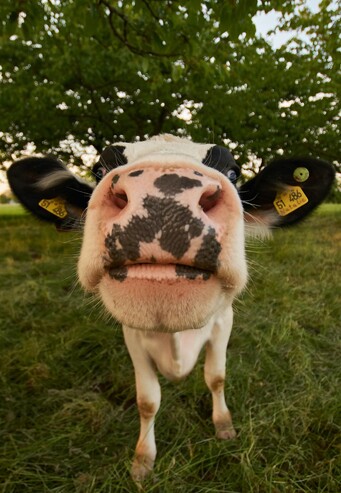When you're looking at your profit and loss statement, it can be a challenge to see how all the elements inter-relate. You can see your bottom line but how did you get there? It’s a given that you’ll want to maximise your income. Sometimes, however, when factors outside your control are limiting your income, rethinking your costs might be where you can shift your outcomes.
Why cost control?
Cost control is particularly important in a downturn. With one or the other or both poor production and low prices, your business might still show a sound profit, if you’ve managed to keep your production costs low.
In a buoyant season, you might see no need to control costs as your focus turns to growth and development plans. However, whether the market’s in an upward or downward cycle, good systems for tracking and controlling costs will still help your bottom line.
Costs and profit
Your focus should always be on your profitability. It’s a great feeling to blitz your production targets and it’s exciting when market prices are high. However, you need to look at them against what it costs your business to achieve those high production targets and high prices. High production costs can undercut both to eat away at your profitability.
If you look at your costs as a percentage of gross farm income (GFI), you will have a much clearer picture of the impact of costs on your profit margin.
Costs and cashflow
In terms of business management, good cashflow should have your continuing attention. If you monitor cashflow against your budget, regularly comparing budget to actual figures, you will also be keeping an eye on your business expenses. During a tough time, when you need to free up cashflow, cutting your costs might be the only wiggle room you have.
Costs and production
It can help to be aware of costs as a factor of production. The dairy industry is really good at this, routinely expressing expenses as per kilo milk solids or per hectare but it’s relevant in any business. Once you know your true cost of production per unit or per kilogram of product produced, you can use this as a key performance indicator, and then track your performance over time, aiming for a low figure which keeps your profit margin healthy.
WHAT DOES IT TAKE?
Be Alert
It’s not just a matter of slashing your expenses (though sometimes that’s what it takes). It’s more about tracking costs, being alert to opportunities to trim fat or to adopt a different approach might reduce costs without a negative impact on output quality or quantity.
Be Systematic
It's about looking at each aspect of your business and all your business systems (or the gaps where there should be systems) to see if poor practice is driving costs up unnecessarily.
Break it down
If you’re already tracking cashflow budget to actual figures, then you probably already have a good grasp of how your costs break down and what your major expenses are. As well as the actual cost items, scope out what are farm working expenses (FWE) and what are business overheads after FWE, e.g. interest and rent payments, tax and administration costs.
Again, look at these as a percentage of GFI. This will help you be clear about whether cutting costs might involve different choices in production systems or business systems.
Put it together
In any business, the people doing the ordering are usually not the same people who pay the invoices - those people need to come together to monitor and analyse inputs and expenses as a whole system. Sometimes a high cost in a given area will be absolutely critical to high performance returns. But that needs to be a conscious choice rather than something that ‘just happened’.
Get a perspective
Compare your costs over time and also within your industry.
Costs usually rise over time but if you can compare with previous years’ expenses, you can see whether any cost increase looks like an incremental rise or a blowout. If it’s a blowout, is there a logical reason for it? For example, in a drought, if you’re working with the same stock numbers as before, feed bills might spiral. It might be time to look at whether you can sell stock instead, reducing the feed bills and supplementing income.
Benchmarking with similar businesses in your industry can show if everyone’s costs are similar across the industry band or whether yours seem unusually high (or low). If the businesses are all of similar size, production system and in a similar climate belt, you would expect costs to be similar. If they’re not, you can explore what the high performers are doing. A different approach might give you better results.
Put it out there
Let your team know keeping costs under control is a priority and how costs affect the business. Involve them in ongoing review and development of your systems for managing costs and reducing waste without compromising on quality.
Dig in
Conduct a cost control review to identify where your major cost centres are and look at your systems for managing costs. It may be that you’re leaving money on the table through poor practice or wastage.
Reach out
When you’ve reviewed your costs and cost management systems and have a pretty good idea of where the large issues are, use your advisors. Depending on what the issue is, talk to your farm or business advisors about whether different approaches could give you different outcomes and what investment of resources might be required.
Talk to us if you'd like a cost control review checklist or want to discuss managing costs.

